Kyoto is a city bursting with ancient Japanese tradition. Historically the ancient capital of Japan, it now boasts some of the most treasured Japanese temples, shrines, gardens and traditions in the entire country. You could spend an entire lifetime exploring the 1,600+ temples in this city! But for those with only 48 hours in Kyoto to spare, it’s still possible to see quite a bit of the cultural charm this lovely city in Japan boasts.
Located about a 2.5 hour train ride from Tokyo, getting to Kyoto is pretty easy with the Japan rail pass. The JR pass is a bit pricey (starting around $250 for 7 days), but so worth the investment if you need to travel from Tokyo to Kyoto (a ticket that costs about $130+) or to any of the wonderful day trips from Kyoto.
Once you arrive in this traditional hub of Japan, you’ll want to make the most of your two days in Kyoto! So put on your walking shoes and let’s explore one of Japan’s most beautiful destinations.
A 2 Day Itinerary for Kyoto, Japan.
DAY 1 – Things to do in Kyoto.
On our first full day in Kyoto, we visited the temples and sights that are in line with one another on the west side of the city. We started at Ginkakuji Temple and worked our way south finishing at Kiyomizu Dera Temple.
It ended up being quite a long day and I think we walked over 12 miles total, but we wanted to try to make the most of our short time in Kyoto.
Ginkakuji Temple.
500 ¥ admission | Open 8:30 – 4:30 pm | Open every day
Also known as the Silver Pavilion, we visited Ginkakuji early in the morning to avoid the crowds. The grounds and gardens of Ginkakuji were some of our favorite in all of Japan. The trail winding through the property is extremely well kept and is a vibrant and lush green. It was a peaceful experience walking around the temple.
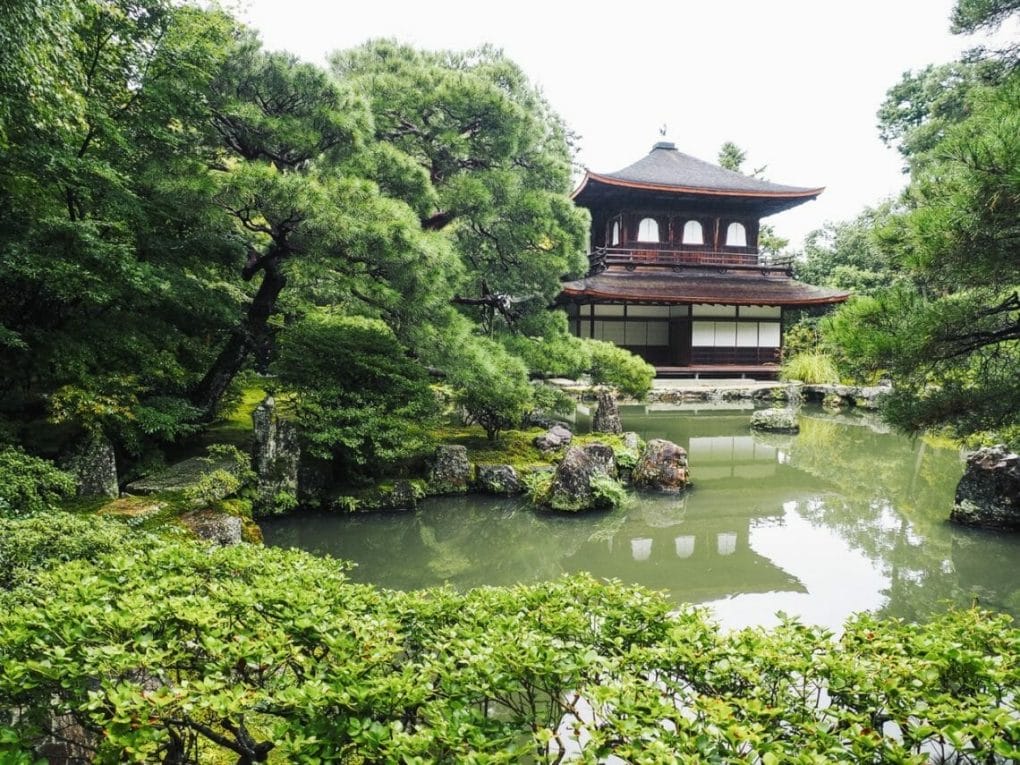
Philosopher’s Path.
Free and on the way to next stop.
The Philosopher’s Path is a walking trail that follows a canal lined with cherry blossom trees. Gorgeous during the spring blossoming weeks and during the summer months as well, this path is perfect for a contemplative walk. Connecting Ginkakuji temple with Eikan-do and leading to Nanzenji, it’s a nice way to get to your next destination.
Eikan-do Temple.
600 ¥ admission / 1,000 ¥ autumn season | Open 9:00 – 5:00 pm | Open every day
No photography of temple except gardens.
Eikan-dō wasn’t originally on our to-do list for Kyoto, but as we passed it on our walk down the Philosopher’s Path we decided to take a detour to check it out – and we’re glad we did! The complex is quite large with various different pathways and gardens to explore.
We visited right as the colors were beginning to change and although not at full color, it was still a gorgeous sight to see. I can only imagine how breathtaking it is at peak fall foliage. It was easy to see that Kyoto is definitely one of the best places to visit in Japan in fall!
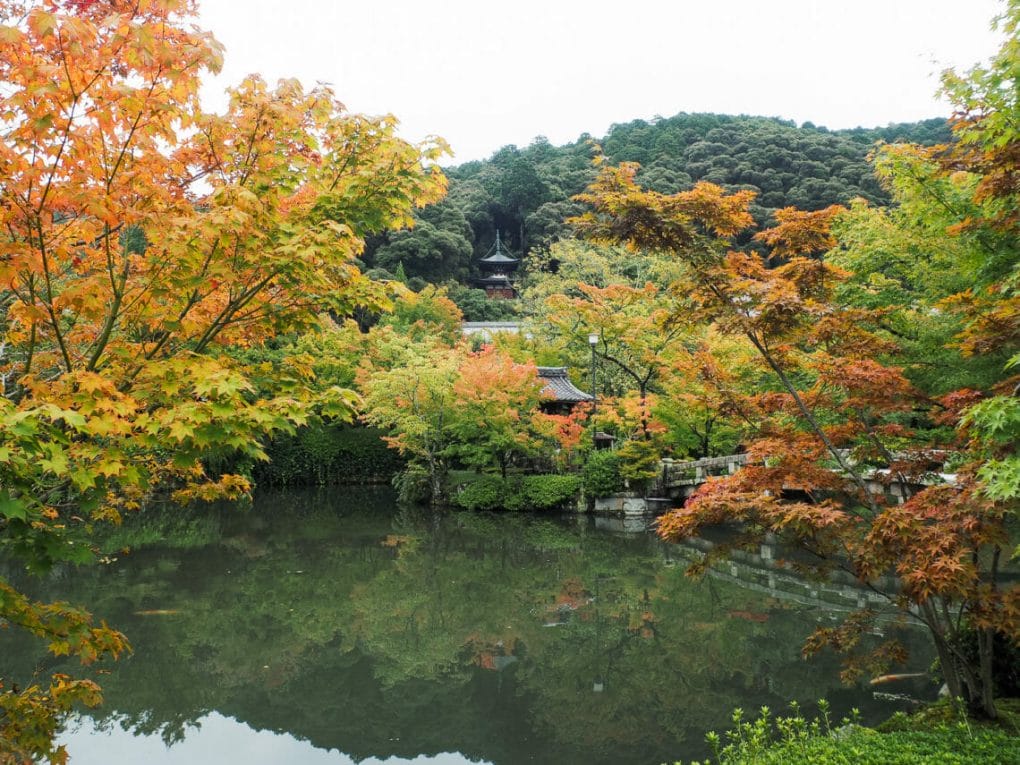
Nanzenji Temple.
Sanmon Gate 500 ¥ | Hojo gardens 500 ¥ | Nazenin 300 ¥
Konchi-in Temple 400 ¥ | Tenjuan Temple 400 ¥
Open 8:40 – 5:00 pm (until 4:30 from December to February).
Nanzenin, Hojo + Sanmon Gate closed December 28th to 31st.
Nanzenji Temple is actually a large complex comprised of many different sections. It’s considered one of the most important temples in all of Japan and was built in the mid 13th century. The central complex grounds don’t have an entrance fee to enter, but the five different buildings and sections do; Sanmon Gate, Hojo gardens, Nazenin, Konchi-in Temple, and Tenjuan Temple.
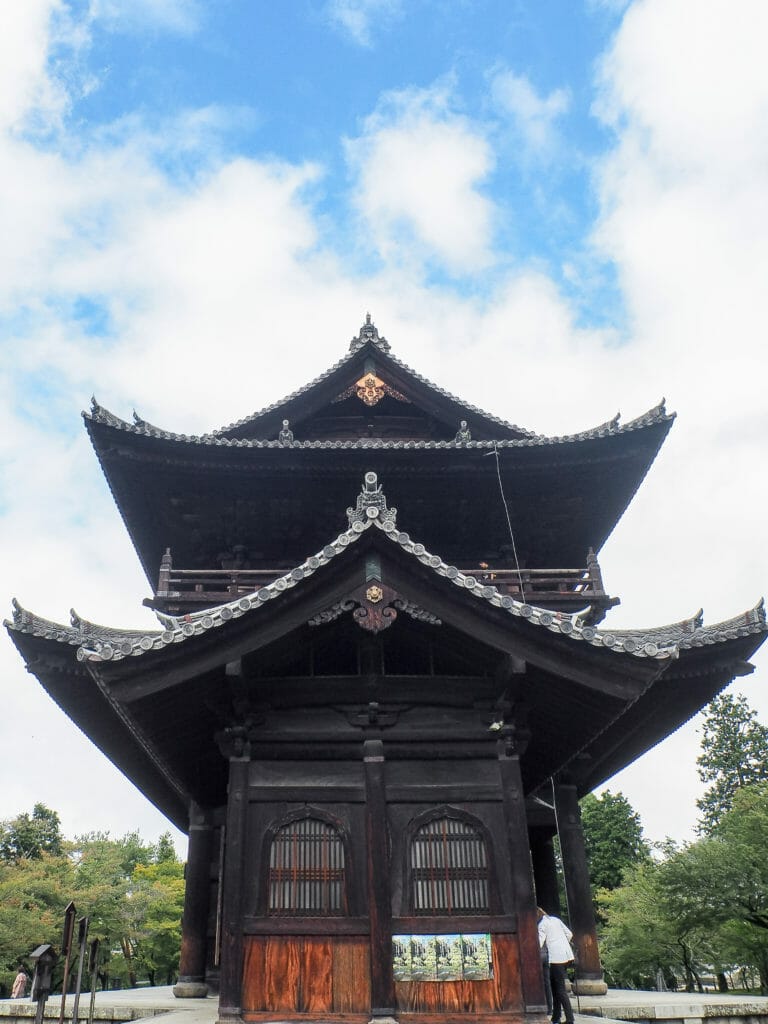
Stop for lunch on your way to Choin In Temple.
Chion In Temple.
Free entrance to temple | Hojo and Yuzen Garden 500 ¥ | Open 9:00 – 4:30 pm | Open every day
When you walk up to the entrance of Chion In temple, you’re immediately impressed by the immense wooden Sanmon Gate, which happens to be the largest in Japan! Unfortunately, while we were there the temple was being restored and will be until March 2019, so many of the buildings were covered and closed to the public.
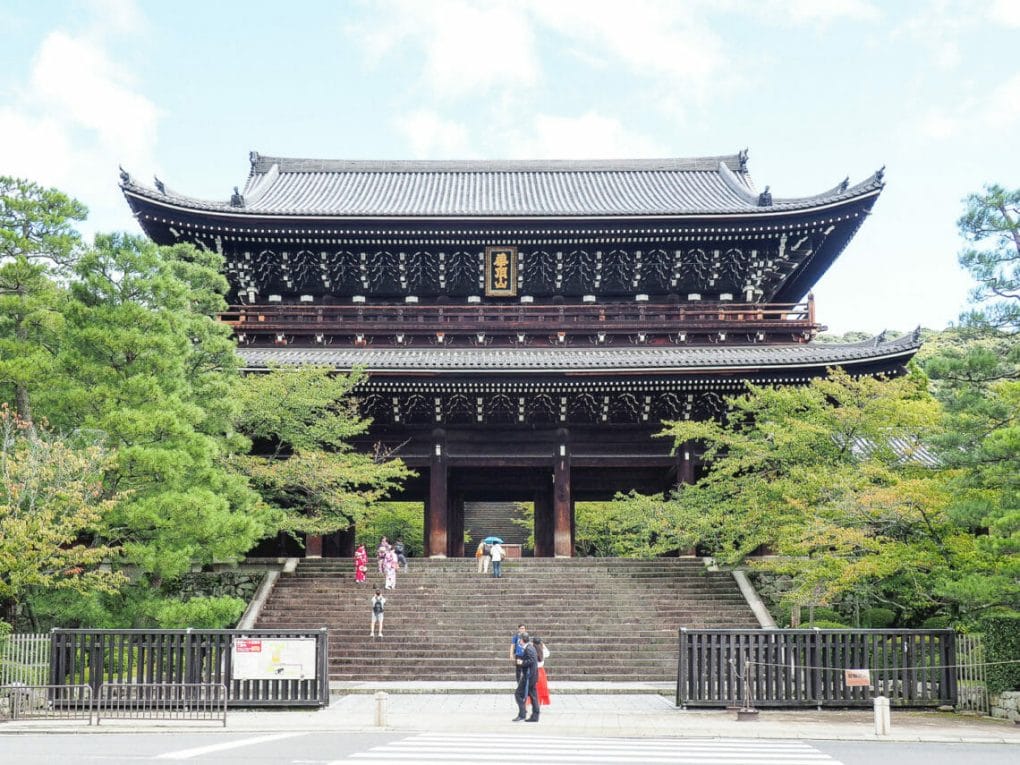
Gion Neighborhood.
Gion is a famous traditional neighborhood known for the geishas who live and entertain there. The buildings are old wooden merchant houses built in close proximity to one another and there are many restaurants, shops and tea houses to enjoy in the area.
If you want to see geishas walking to their appointments, you should plan to arrive in the afternoon no later than 5:30 to see them walking around 5:45 pm. Locals often know when and where the geishas might make an appearance so don’t be shy to ask around!
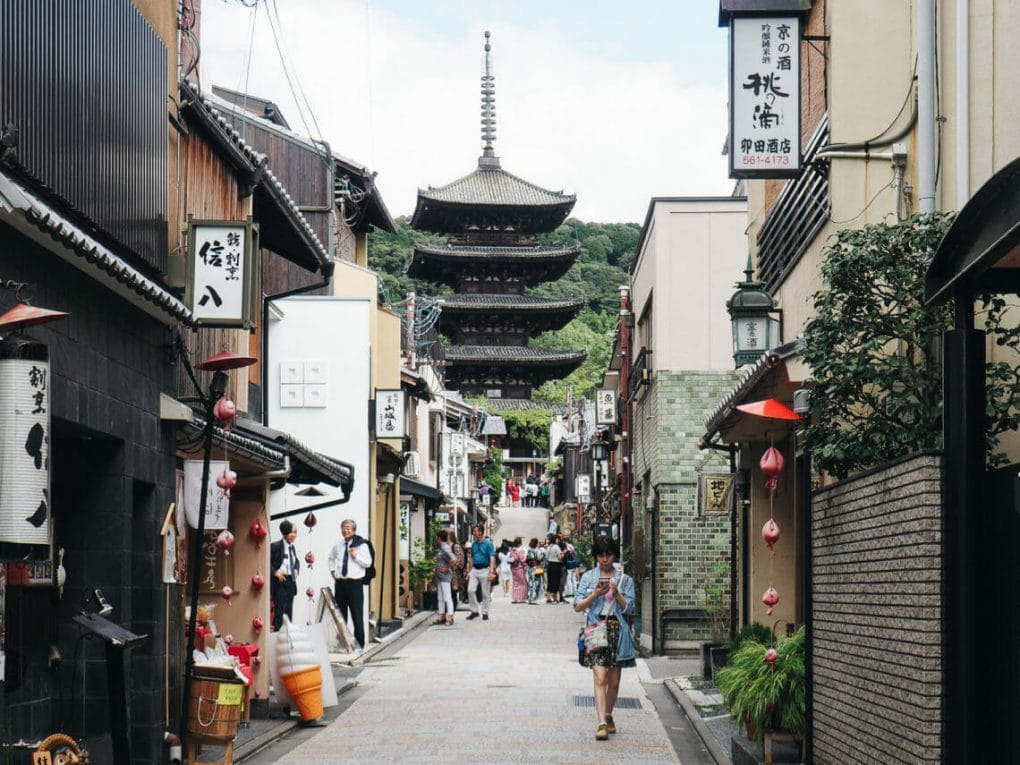
Kiyomizu Dera Temple.
400 ¥ entrance | Open 6:00 – 6:00 pm | Open every day
Kiyomizu Dera, which translates to “pure water temple”, is another popular and highly revered temple in Japan. The vast complex was built into the wooded hills near a waterfall, where the temple gets its name. The grounds are absolutely beautiful. I’d consider this to be one of the most Instaworthy temples in Kyoto and a can’t miss destination.
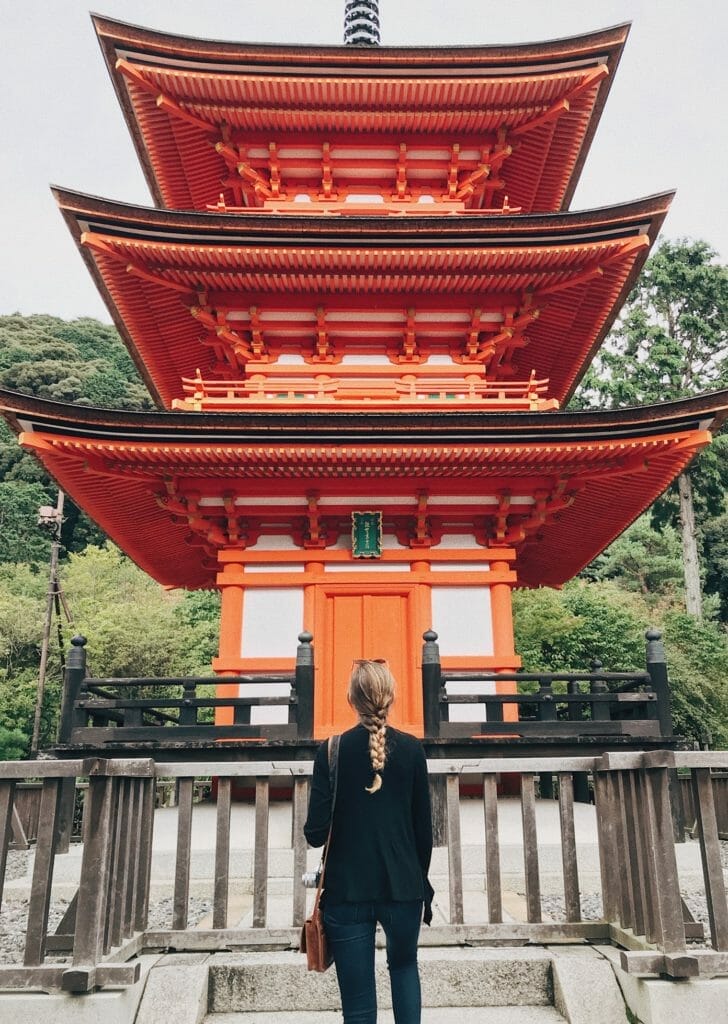
DAY 2 – Things to do in Kyoto.
On our second day, we visited the main attractions that were more spread out on the east side of Kyoto.
Fushimi Inari-Shrine.
Free admission | Open 24 hours | Open every day
The Fushimi Inari-Shrine is probably one of the most iconic places in Kyoto. There are over 10,000 vermillion torii gates that surround a walking trail up to the top of Mount Inari and back down. Hiking the entire trail will take about 2 – 3 hours but it’s definitely worth adding to your 2 day Kyoto itinerary. The majority of tourists stop well before the top, so the trail tends to be empty the further you hike. This was one of my favorite stops!
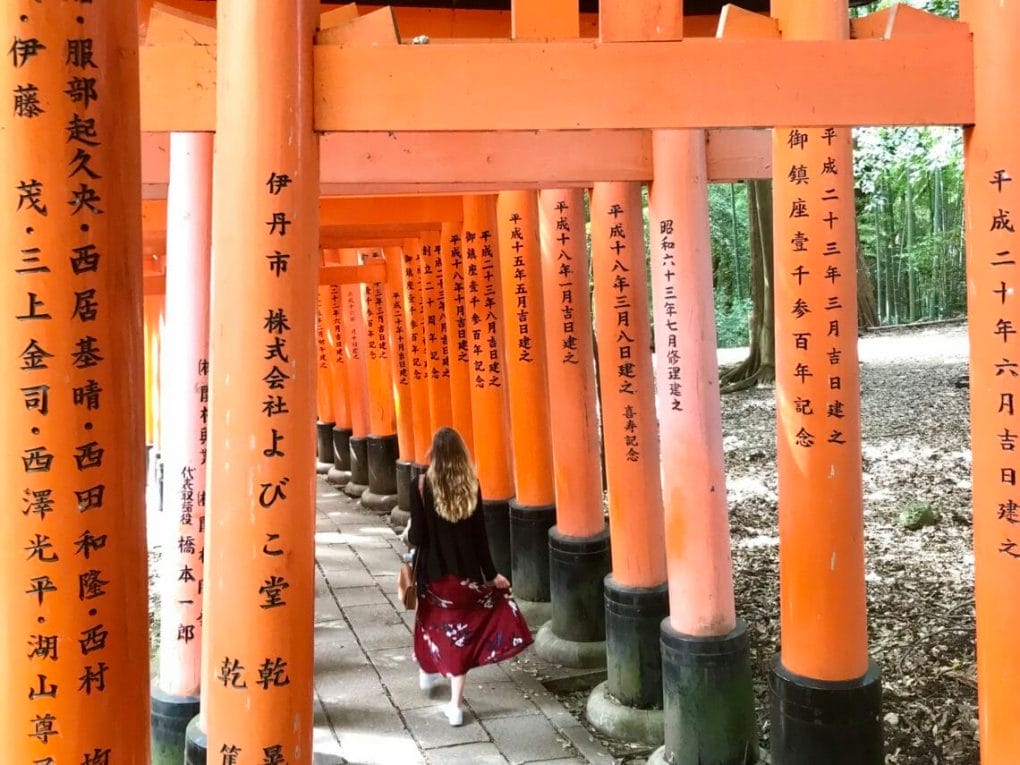
Nijo Castle.
600 ¥ entrance | Open 8:45 – 5:00 pm (admission until 4:00 pm) | Open every day
Nijo castle was originally built as a residence for the first shogun (military dictator) of the Edo Period, but then became an imperial palace after the fall of the dictator. This castle boasts some of the best examples of Japanese palace architecture from the feudal era. We sadly spent too much time at the Fushimi Inari-Shrine to visit, but it’s definitely worthwhile if you have the time!
SAGANOYOU Cafe Style Resort for Lunch.
4-3 Sagatenryuji Imahoricho, Ukyo-ku, Kyoto 616-8366, Kyoto Prefecture
京都府京都市右京区嵯峨天龍寺 今堀町4-3
Open 11:00 am to 8:00 pm
Before visiting the Arashiyama bamboo forest, we stopped by SAGANOYOU for lunch and it was absolutely delicious! It’s a short walk from the Saga-Arashiyama JR train station, so it’s very easy to get to. The cafe is actually housed in an old traditional bathhouse and many of the original fixtures remain. They are well known for their super fluffy pancakes and homemade tofu. If you’re looking for somewhere to eat before or after the bamboo grove, I highly recommend this cafe!
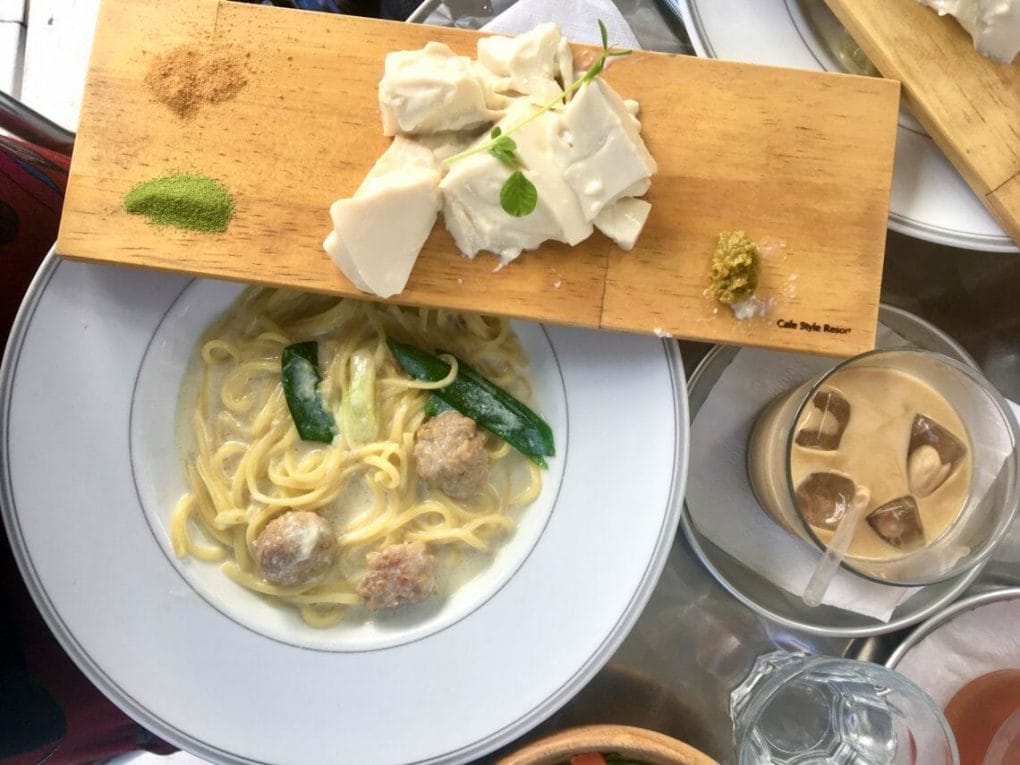
Arashiyama Bamboo Forest.
Free admission | Open every day
The Arashiyama Bamboo Forest is a bit outside of the city, but with the JR pass it’s fairly easy to get to. The actual area of the forest is a little small and doesn’t take long to walk through, but the bamboo is quite pretty! If nature is your thing, I recommend making the trek out to the grove.

Kinkaku-ji Golden Pavilion.
400 ¥ admission | Open 9:00 – 5:00pm | Open every day
With little daylight remaining, we made our way to Kinkaku-ji to check out the Golden Pavilion. We arrived just in time to see the temple bathed in light from the setting sun and it was absolutely stunning. A golden temple during the golden hour was a cool sight to see! We also avoided the mass crowds by coming right before closing time.
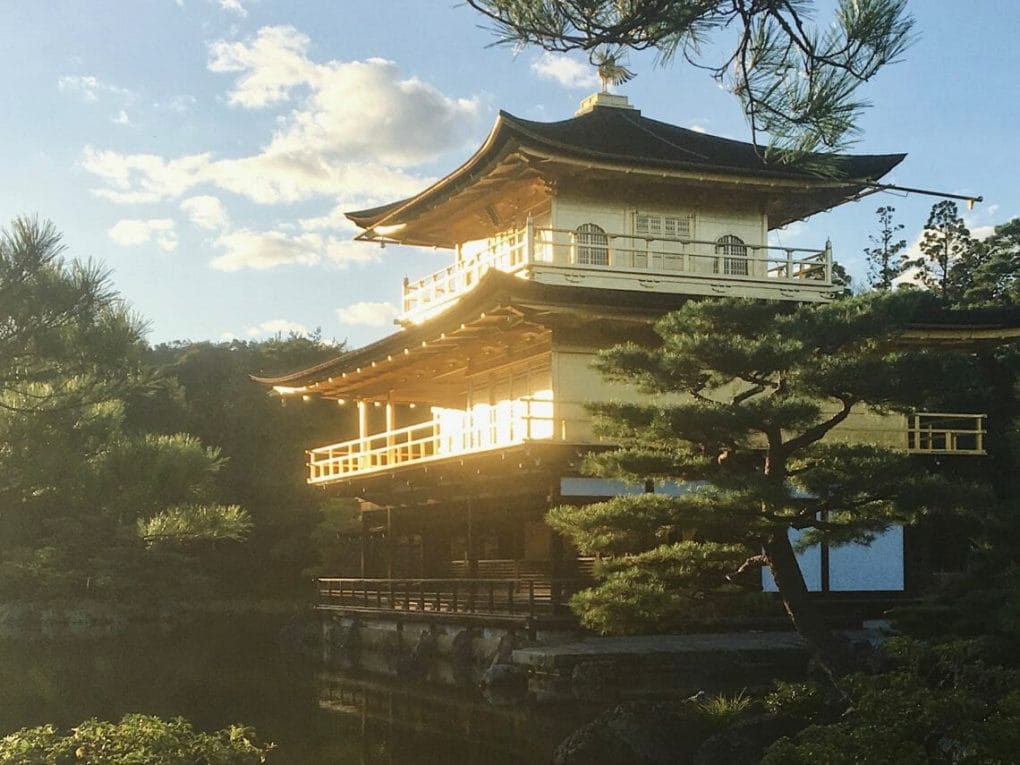
Nishiki Market.
Free admission | Open 9:00 – 6:00 pm | Open every day
The Nishiki market is located downtown and has many booths selling a variety of goods. The market generally closes at 6:00 pm, but it varies by the store. We arrived just in time to see a few shops open and running. Even though about ¾ of the shops were closed already, it was still cool to see. Aim to come a little earlier if seeing the market is a top priority for you!

Hakata Ippudo Ramen for Dinner.
653-1 Bantoya-cho, Higashinotoin, Nishikikoji higashi iru, Nakagyo-ku
中京区東洞院錦小路東入ル阪東屋町653-1
Open 11:00 am – 2:00 am
After reading many blogs and recommendations online for Hakata Ippudo Ramen we decided to give it a try for dinner. I’m not usually a ramen fan, but honestly this is the BEST ramen I have ever had – it’s SO GOOD! You can expect a long line most nights as it’s super popular but it’s well worth the wait! They have a special set that includes their classic ramen with toppings and a side of their dumplings for 1,500 ¥ – which I can happily recommend!
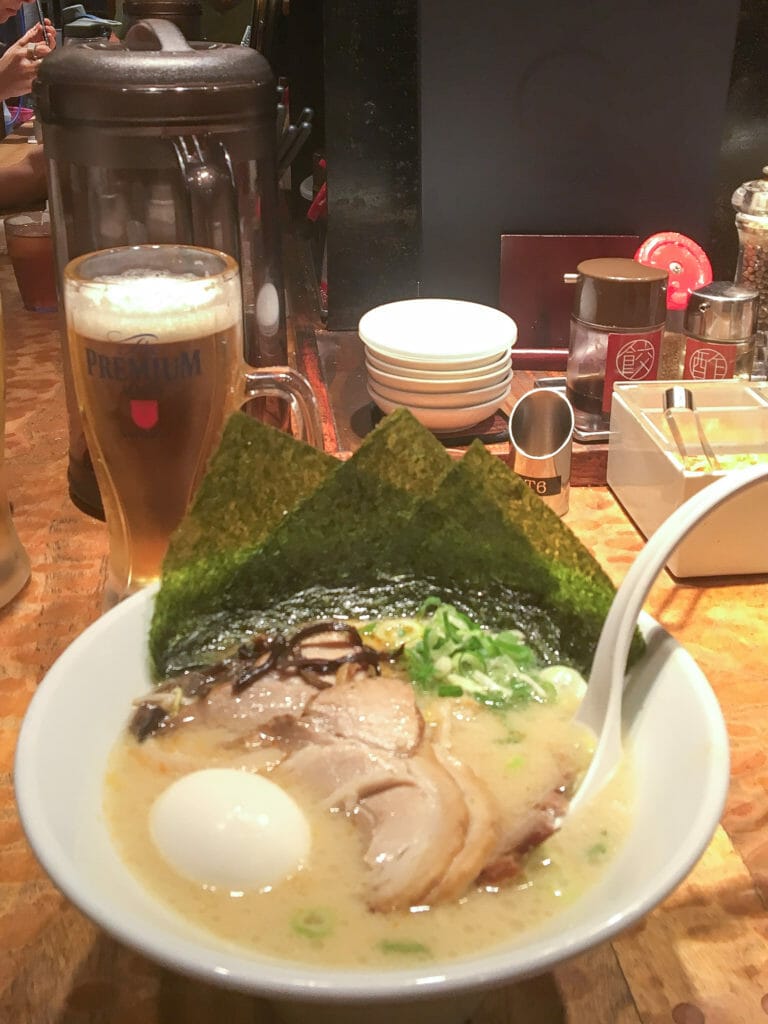
Kyoto Travel Tips.
- If arriving in Osaka, there’s a direct train called the Haruka Limited Express to Kyoto station. It’s 1880 ¥ for unreserved seats and 3370 ¥ for reserved. It’s typically easy to find a seat in the unreserved section though so it’s worth it to save the money.
- Invest in the Kyoto transportation passes. They have multiple options for bus only or bus + subway. We had a JR pass, which gave us access to some commuter trains within the city so only opted to go for the 24 hour bus pass. It allows unlimited bus rides in the designated zones for only 500 ¥. One bus ride costs 230 ¥ so it definitely pays for itself! You can read more information about it here.
- The Raku #100, 101 and 102 buses are sightseeing city buses that stop at most major tourist attractions. Good to take advantage of!
- The Google Maps app works super well for planning public transportation routes for the day. I highly recommend it!
- For more Japan travel tips, check out my 20 Travel Tips for Japan!
I hope you have a fabulous trip to Kyoto! Let me know if you have any questions or comments below!


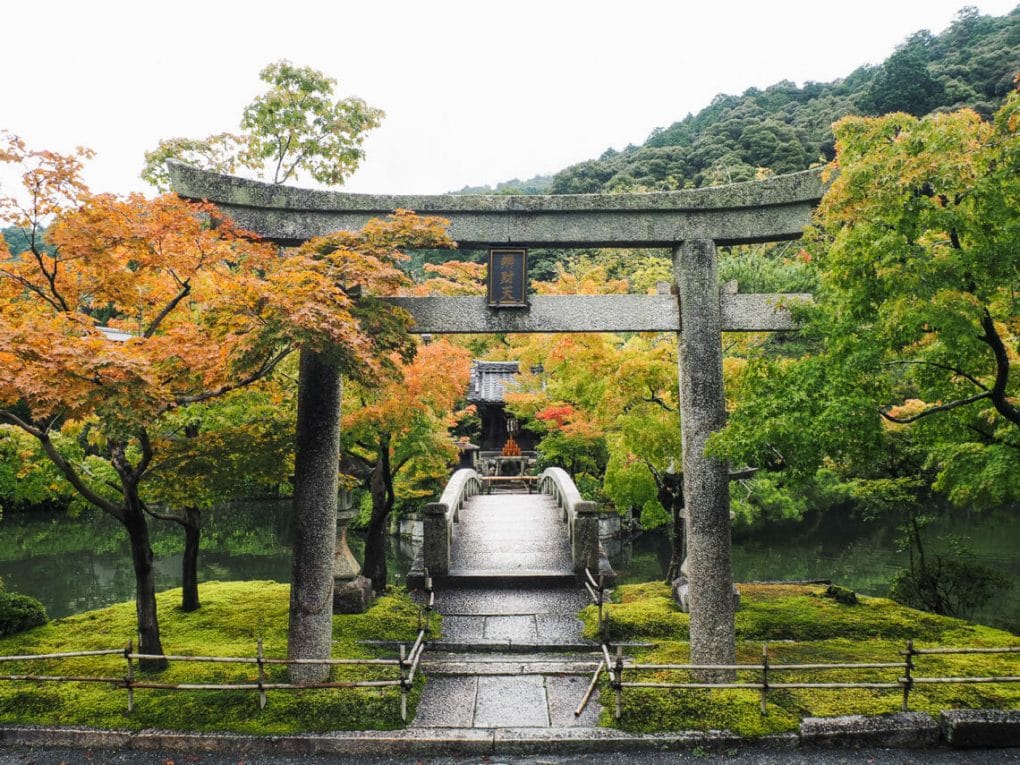
Pingback: How to Spend 7 Days in Japan | life of brit